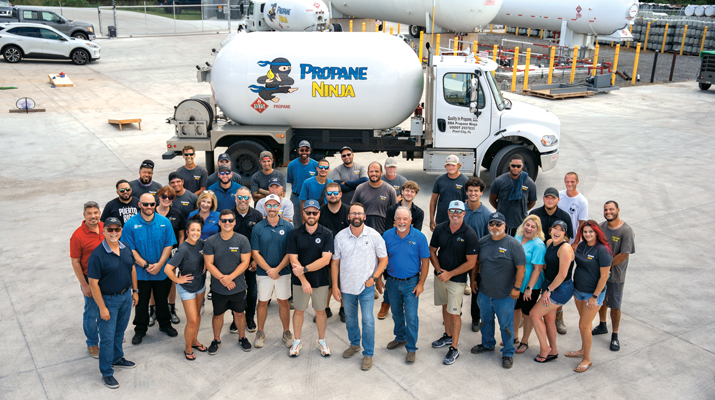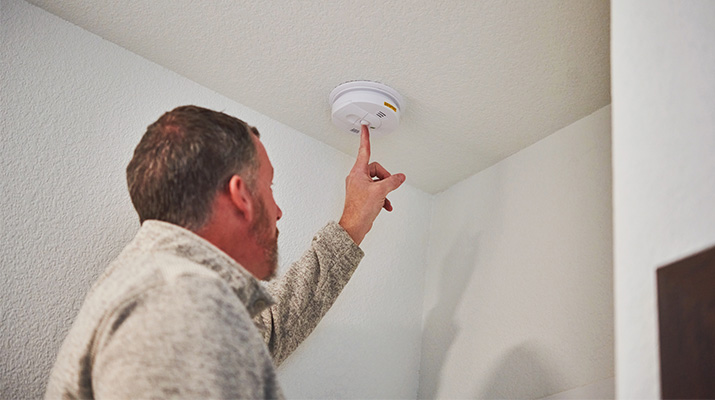Safety minute: Four steps to ensure local preparedness
Local firefighters are the first to respond when emergencies occur at propane terminals, storage sites or homes. There are several ways to be proactive in ensuring that your local firefighters are trained and confident in responding to these propane-related incidents.
Propane marketers can help by reaching out to their local fire departments and going through the following four steps:
1. Identify training needs: Learn what the department currently knows and is trained for so you can identify gaps in that knowledge and training regarding propane emergencies.
2. Engage an expert: Use your local expert, engage a partner or take advantage of the Propane Education & Research Council’s (PERC) Propane Emergencies Program to ensure that both propane and firefighting experts come together and learn a common language for handling these situations.
3. Utilize available funding: Leverage funds, such as the CHS safety reimbursement rebate, to cover the costs associated with the training. These resources make it possible to engage in high quality and necessary training without burdening your budget.
4. Plan and execute the training session: Organize the training and plan for future trainings to cover topics like:
- Best practices for fighting propane fires
- Characteristics of propane during a fire
- Types of propane storage and their firefighting implications
- Situation assessment techniques
- Essential do’s and don’ts in propane fire scenarios
For more information on organizing a training session, contact CHS or visit PERC at propane.com today. Together, we can build safer communities.
Bryan Wendt is the propane operations and safety manager at CHS Inc. He can be reached at 651-355-8546 and bryan.wendt@chsinc.com.
Homepage feature image: 400tmax/iStock/Getty Images Plus/Getty Images
















